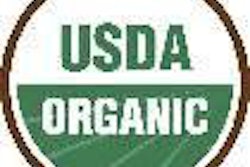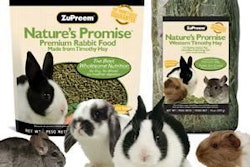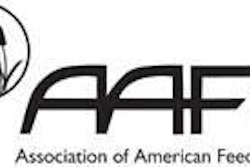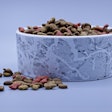The Center for Veterinary Medicine (CVM) in the US Food and Drug Administration (FDA) has long objected to use of the terms "probiotics" and "prebiotics" on animal feed and petfood labeling. However, at the 2010 Association of American Feed Control Officials (AAFCO) Feed Administrator's Seminar (an annual training program for state regulators), CVM indicated the intent to remove its objection to that verbiage. This should not be inferred to mean that products containing these ingredients will have free rein with regard to labeling in other respects, though.
"Probiotics" is a term long used to describe live microorganisms delivered orally to the animal for the purpose of intentional colonization of the gastrointestinal tract. Historically, their use often has been associated with claims regarding treatment or prevention of gastrointestinal disorders as well as "competitive exclusion" claims (i.e., claims to reduce the level of Salmonella or other enteric pathogens in the animal). CVM objected to these claims as drug claims and, in doing so, considered the term probiotic to be a drug claim as well.
That does not mean probiotics have not been allowed in petfoods. A number of microorganisms fitting the general description of a probiotic are sanctioned for use via AAFCO Feed Ingredient Definition #36.14 for direct fed microbials.
Elsewhere in the AAFCO Official Publication are requirements for labeling products containing these microorganisms. CVM's Compliance Policy Guide Section 689.100 outlines the criteria for which CVM would consider probiotics to be acceptable for use in petfood.
Prebiotics are the food on which probiotics thrive in the gastrointestinal tract. Generally, prebiotics are soluble carbohydrates such as oligosaccharides that are indigestible by the animal but fermentable by the microorganisms. The term "prebiotic," coined to characterize this class of ingredients, came into use much later than probiotics and was not as heavily connected with disease treatment or prevention claims. Still, their close association with probiotics led CVM to consider the prebiotics term a drug claim, too.
It's unclear why CVM suddenly changed its policy, though I suspect recent prominent use of one of the terms in the labeling and promotional materials of a major petfood company may have forced CVM's hand. Regardless, it appears to be a prudent, reasonable regulatory position.
In FDA's draft guidance document regarding complementary and alternative medicine products for human use, it notes (bolding is mine):
Probiotics are not defined as a regulatory product category under the act or the PHS Act, and products that may be considered to be probiotics may be foods or drugs under the act, depending on the intended use of the product.
From this it may be inferred FDA does not consider the term probiotic per se to be a drug claim. In fact, there are a number of human food products on the market using the term with apparent impunity. If probiotic is not a drug claim, there's no basis to consider prebiotic a drug claim, either.
At this time, it's unknown whether CVM intends to revise its Compliance Policy Guide or provide other written guidance. Despite this addition of terms to the acceptable labeling lexicon, there's no indication CVM's policy on labeling and claims for products containing these ingredients has changed. So, based on information presently at hand, the following recommendations are made:
- Labels may bear claims such as "with probiotics" or "contains prebiotics";
- Elaboration on these claims, especially with regard to any disease treatment/prevention or effect on structure or function of the body (e.g., prevents Salmonella , any discussion of "good bugs" vs. "bad bugs", improvement in digestion or immune function) will still most often be viewed as objectionable drug claims;
- Any probiotic or prebiotic must be an AAFCO-defined ingredient. While not clear in AAFCO definitions, probiotics should be declared in the ingredient list in the format "Dried (scientific name of microorganism) fermentation product";
- Labels of products containing probiotics must bear guarantees for minimum viable microorganism content in colony-forming units per pound or gram (depending on feeding directions), with asterisks leading to the "not recognized as essential" disclaimer; and
- Labels of products containing probiotics must bear the statement "Contains a source of live (or "viable") naturally occurring microorganisms."

















